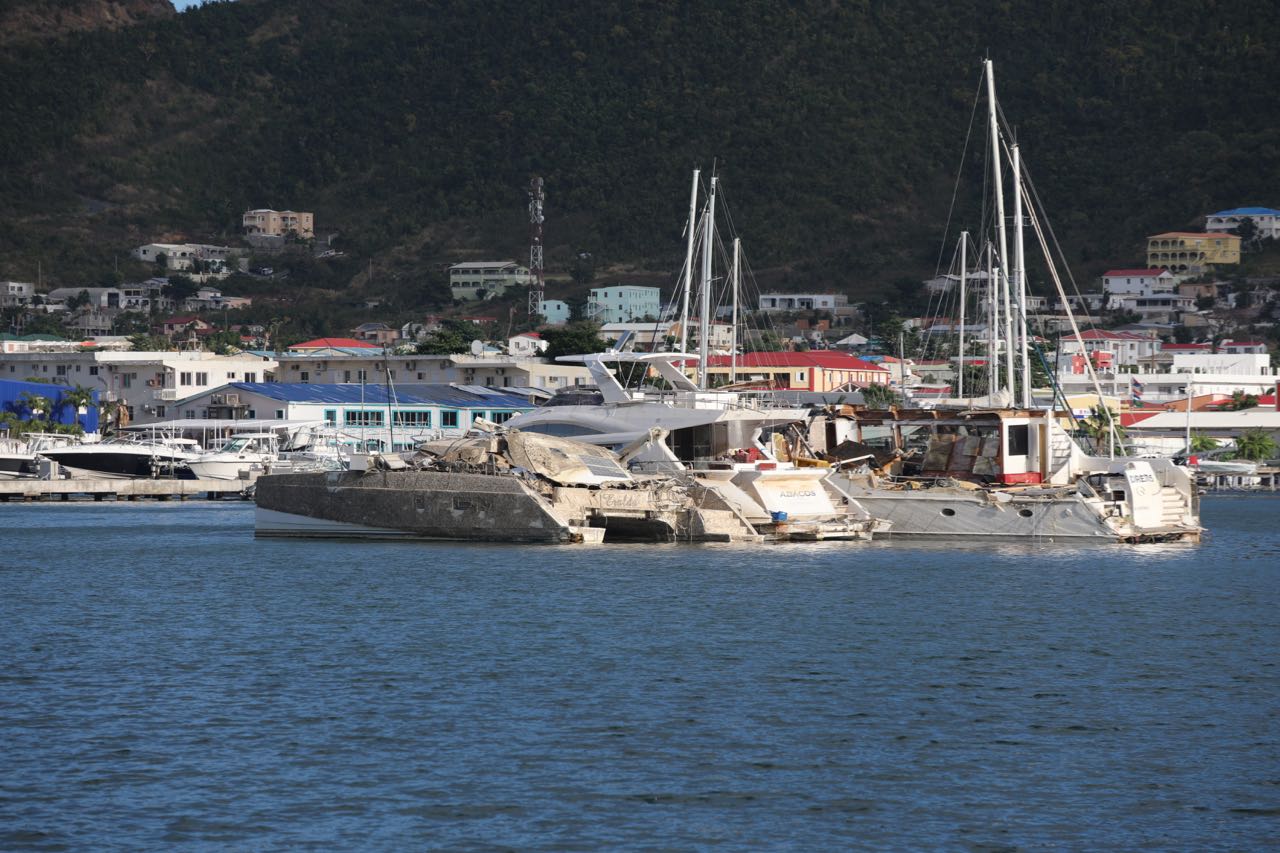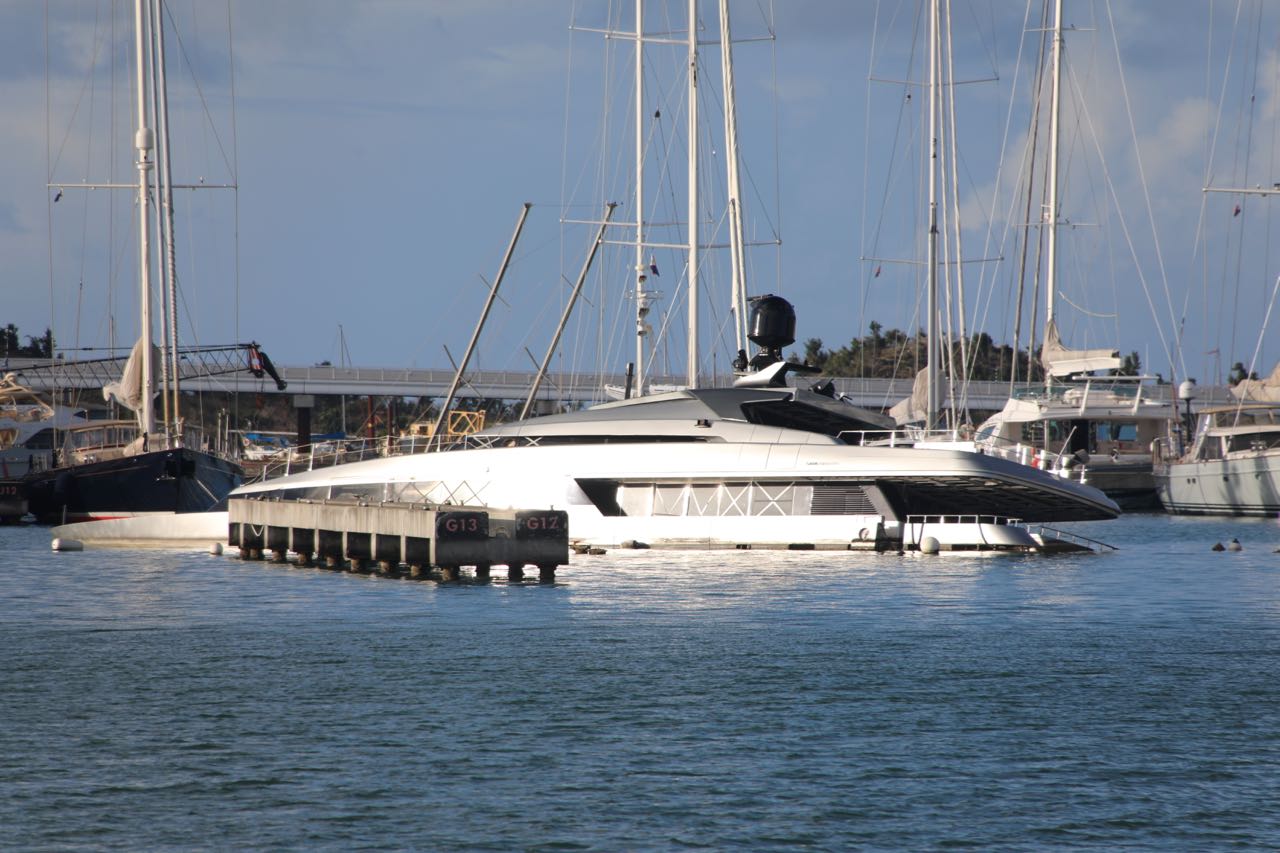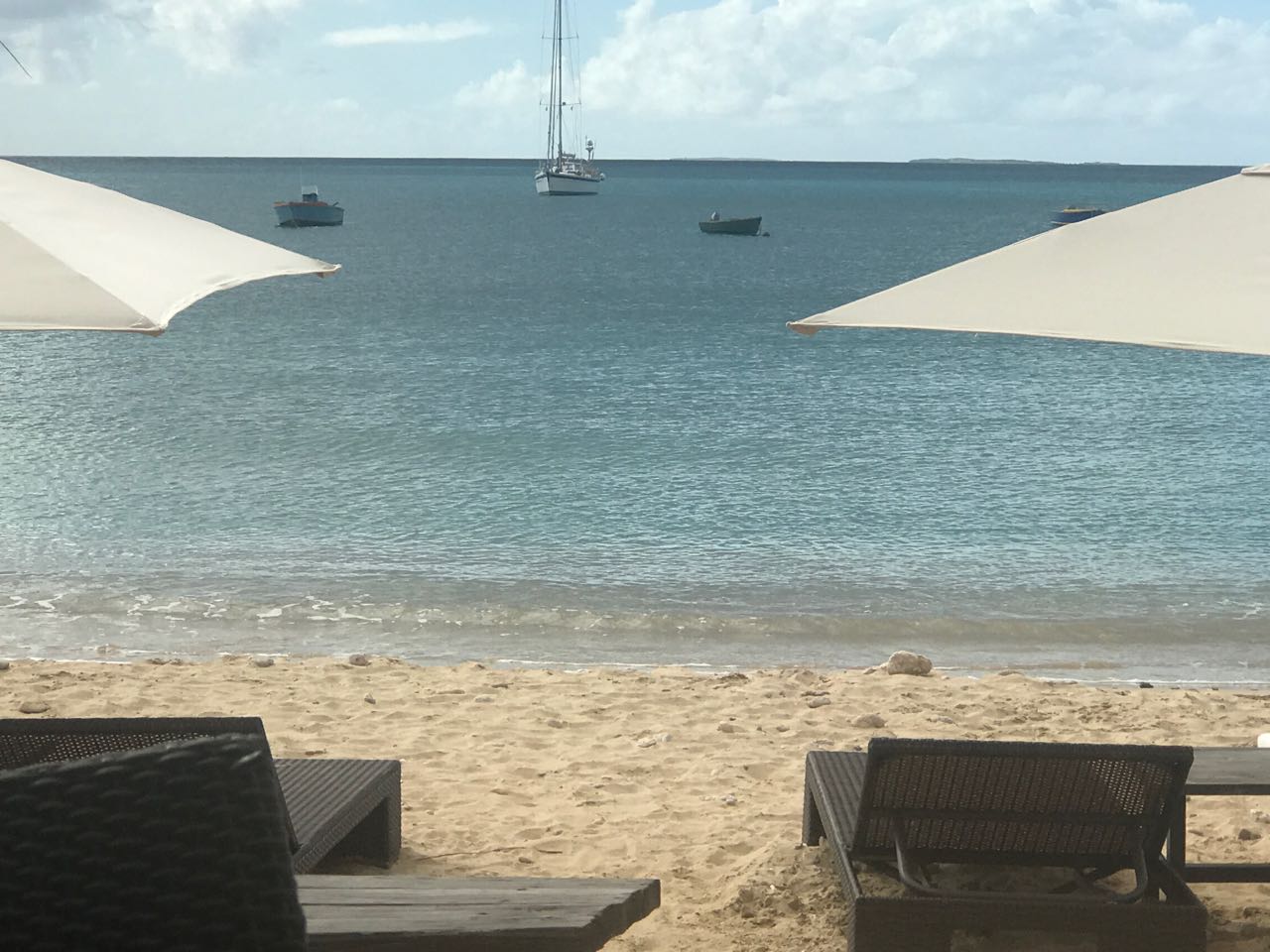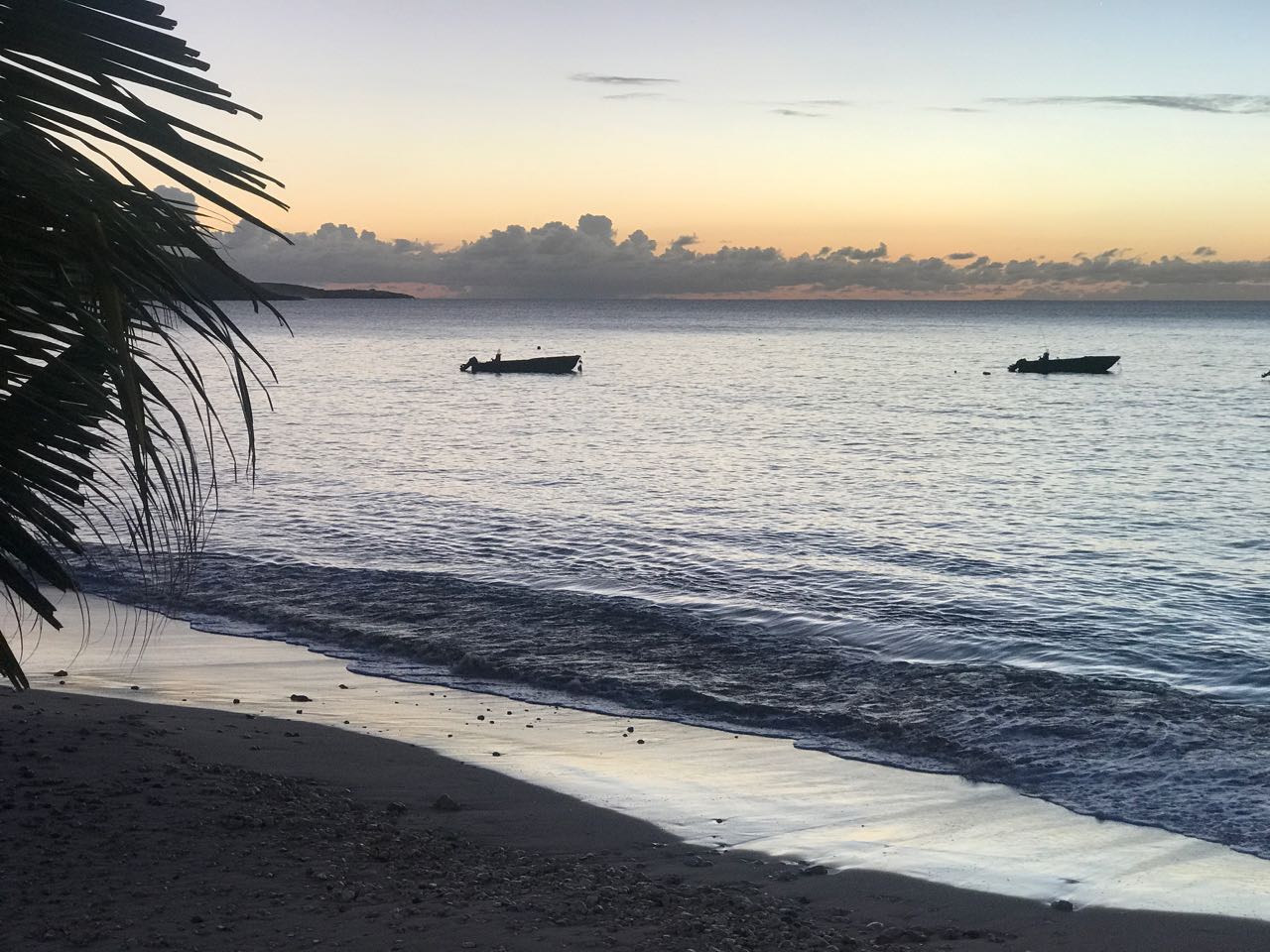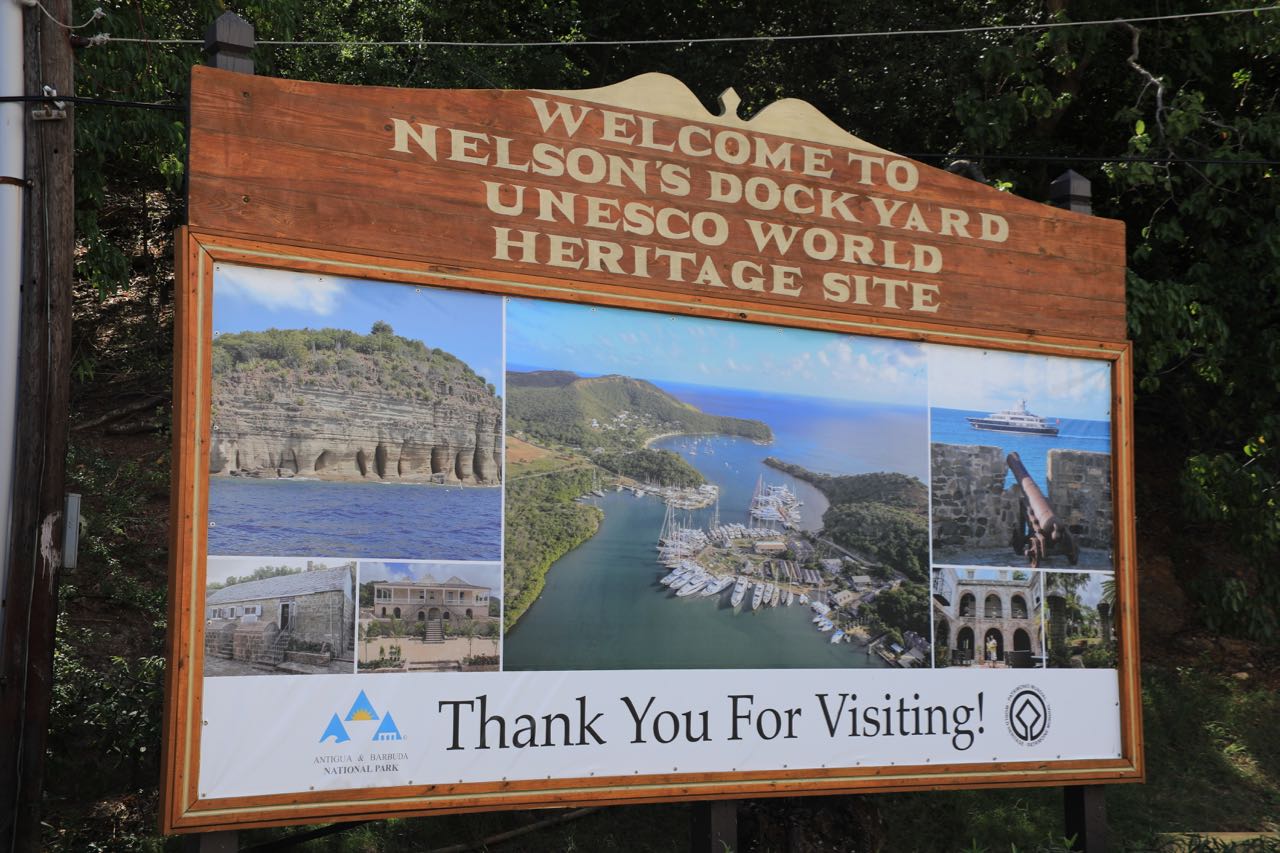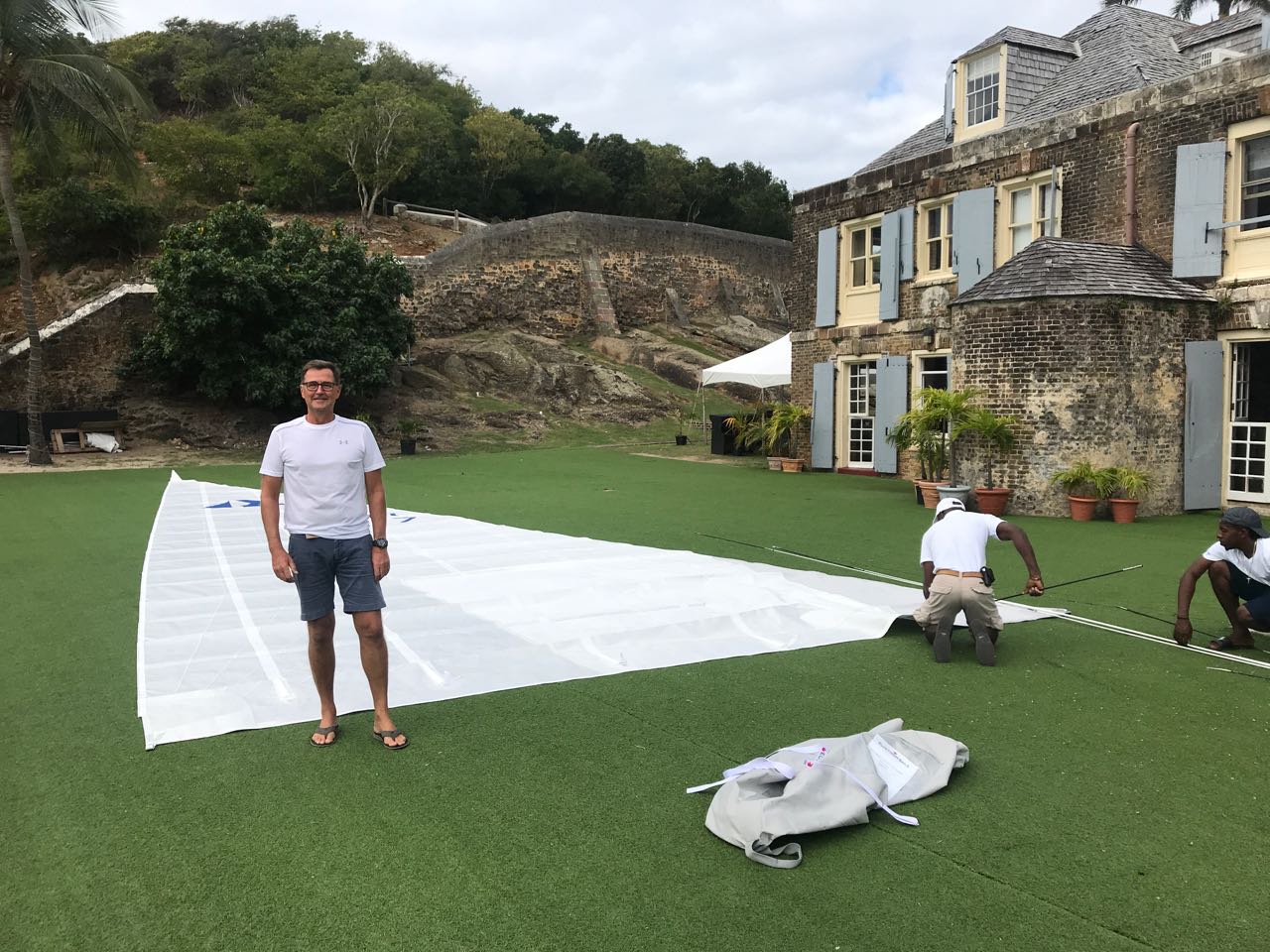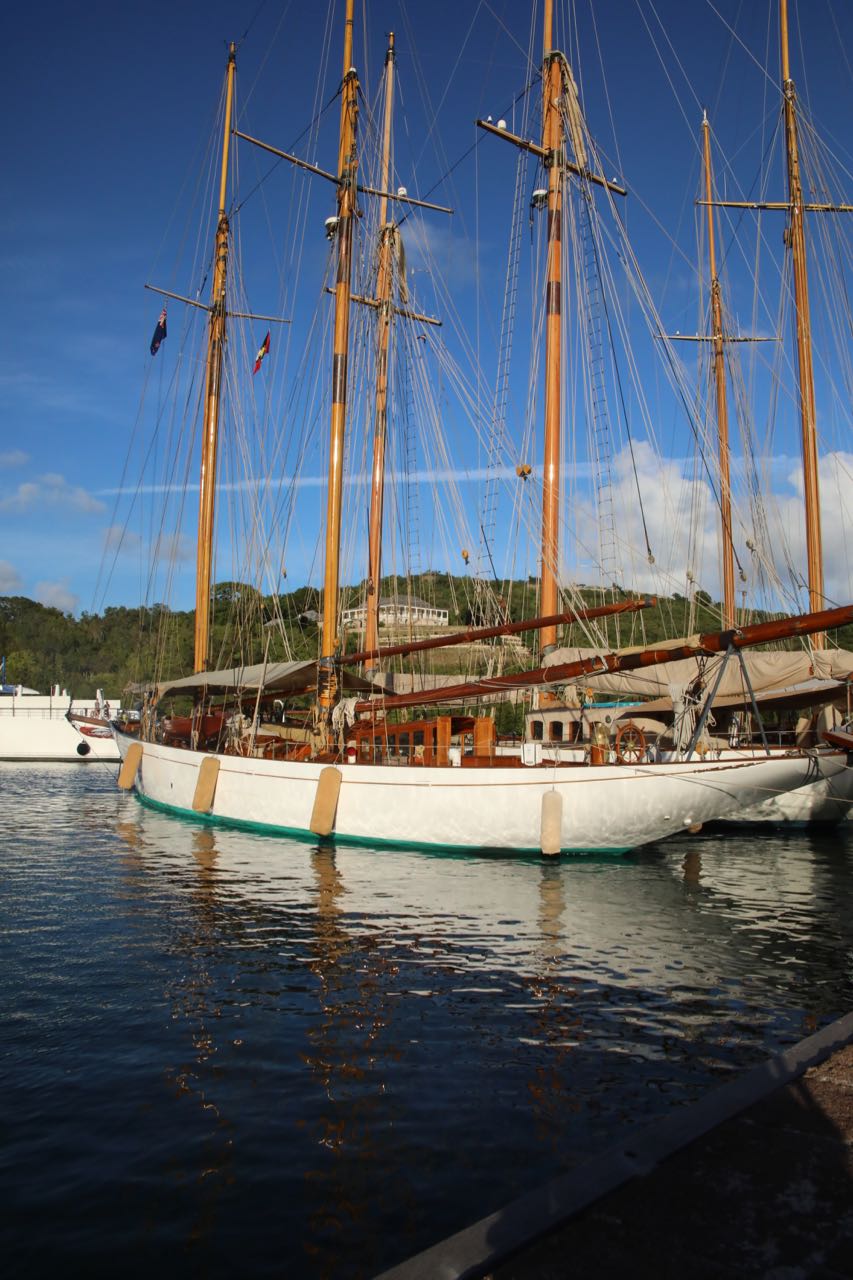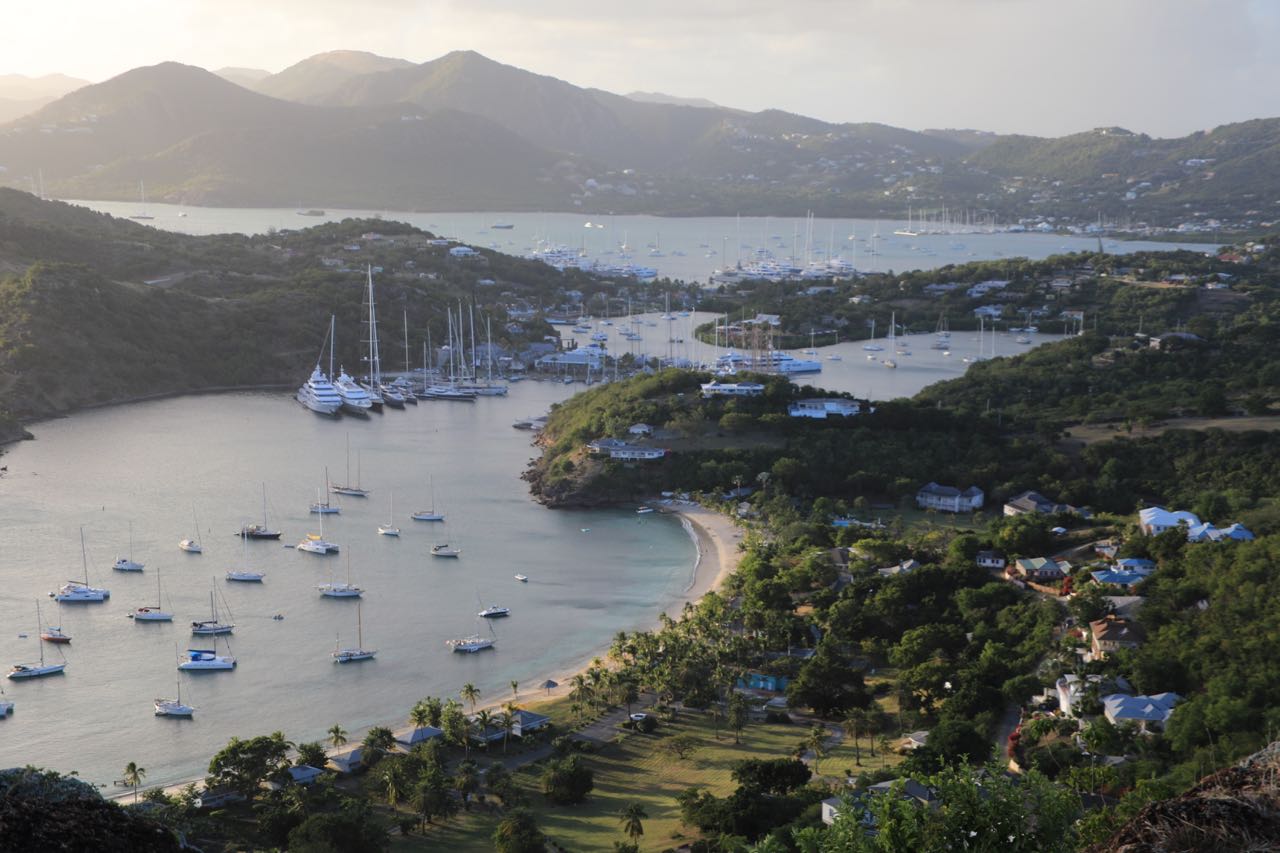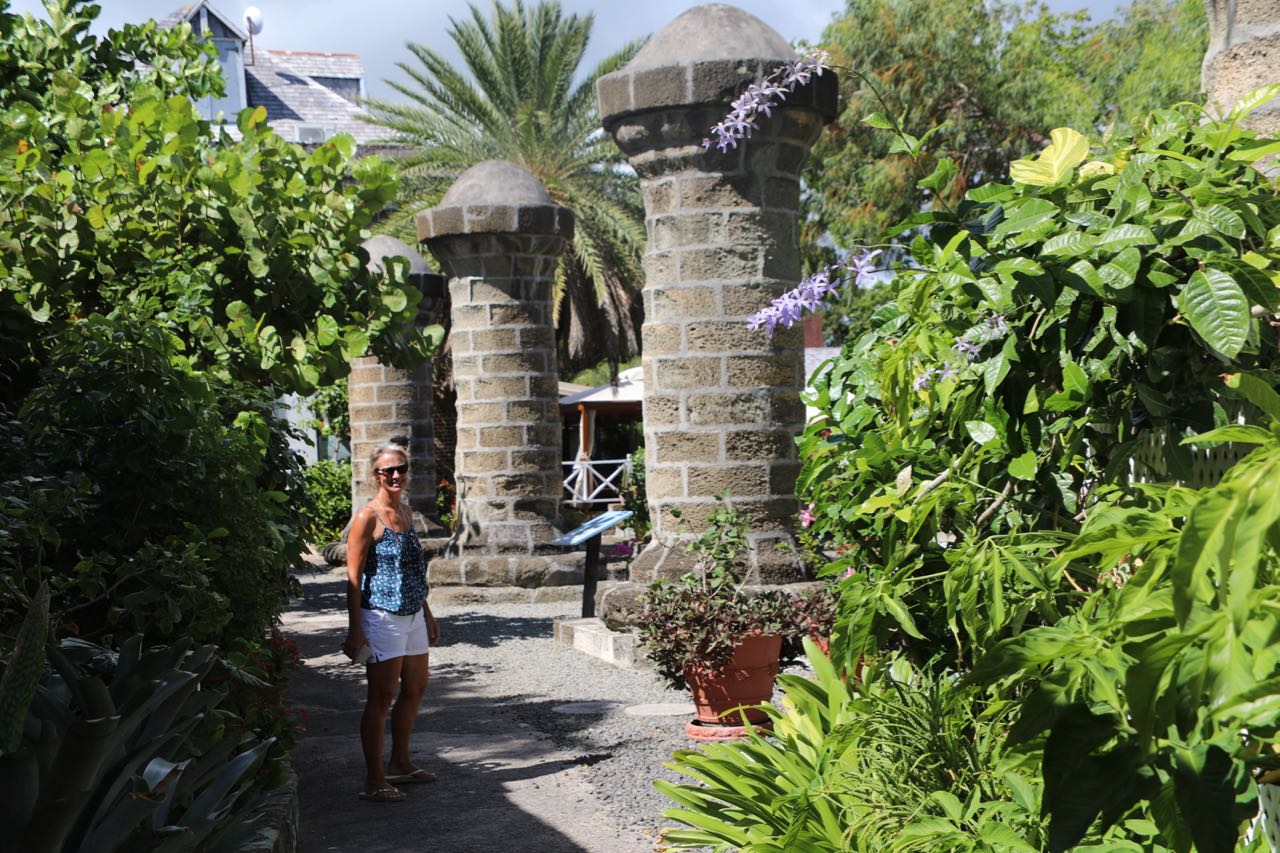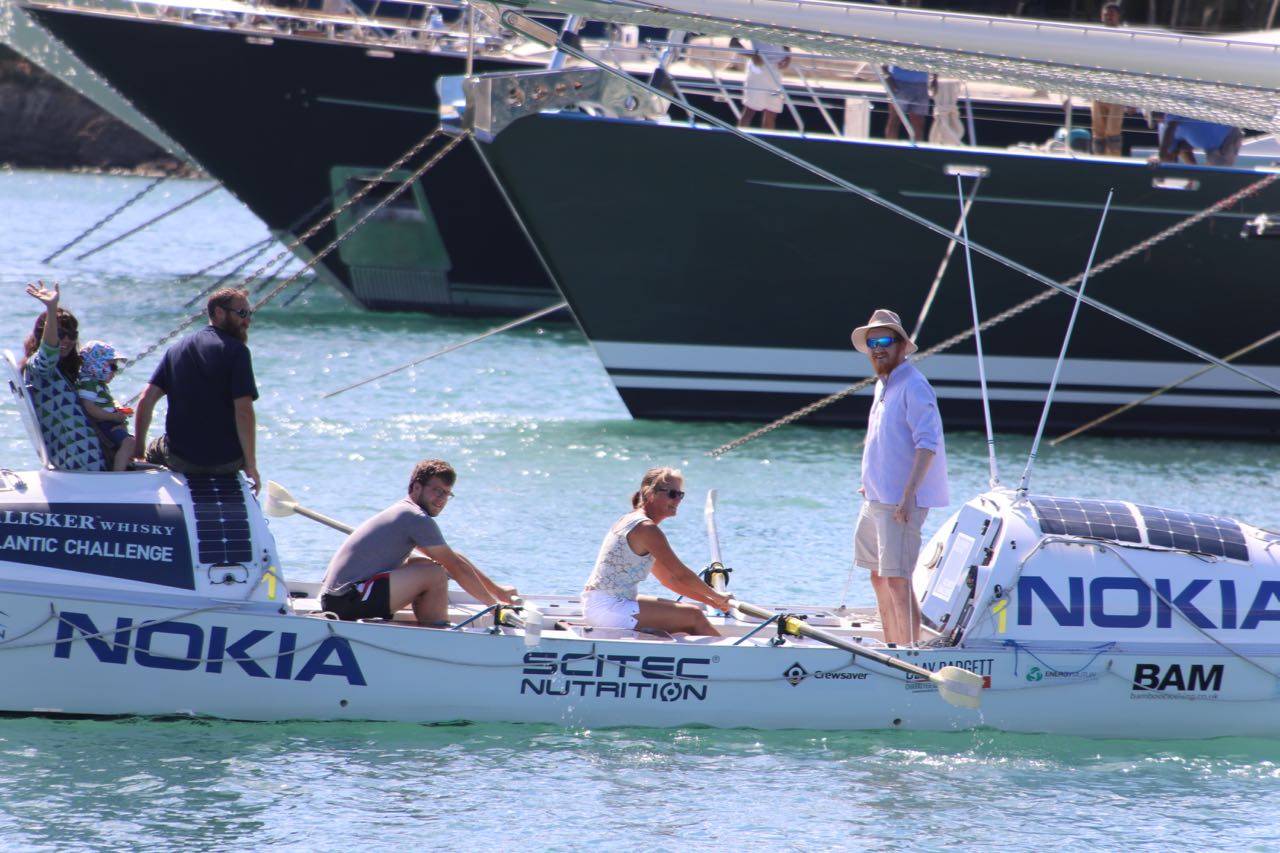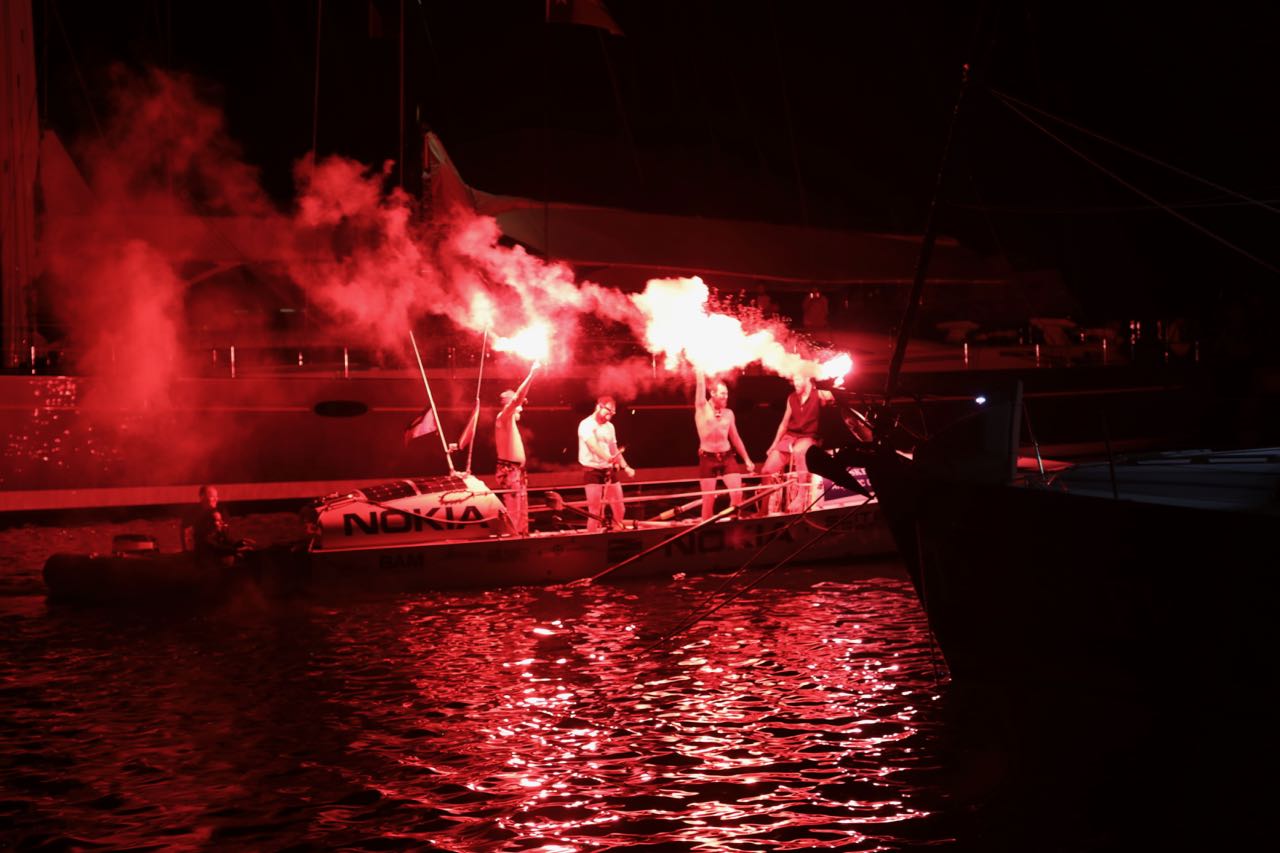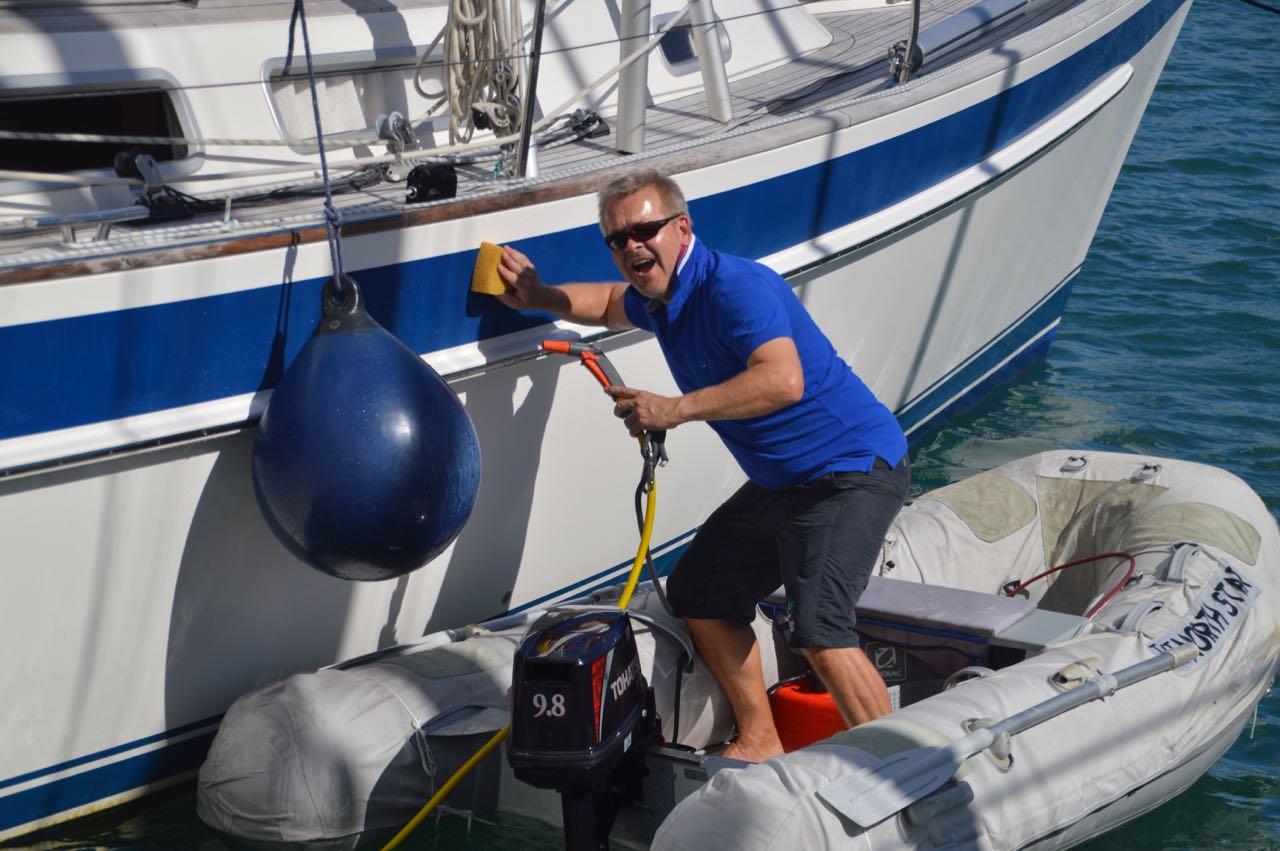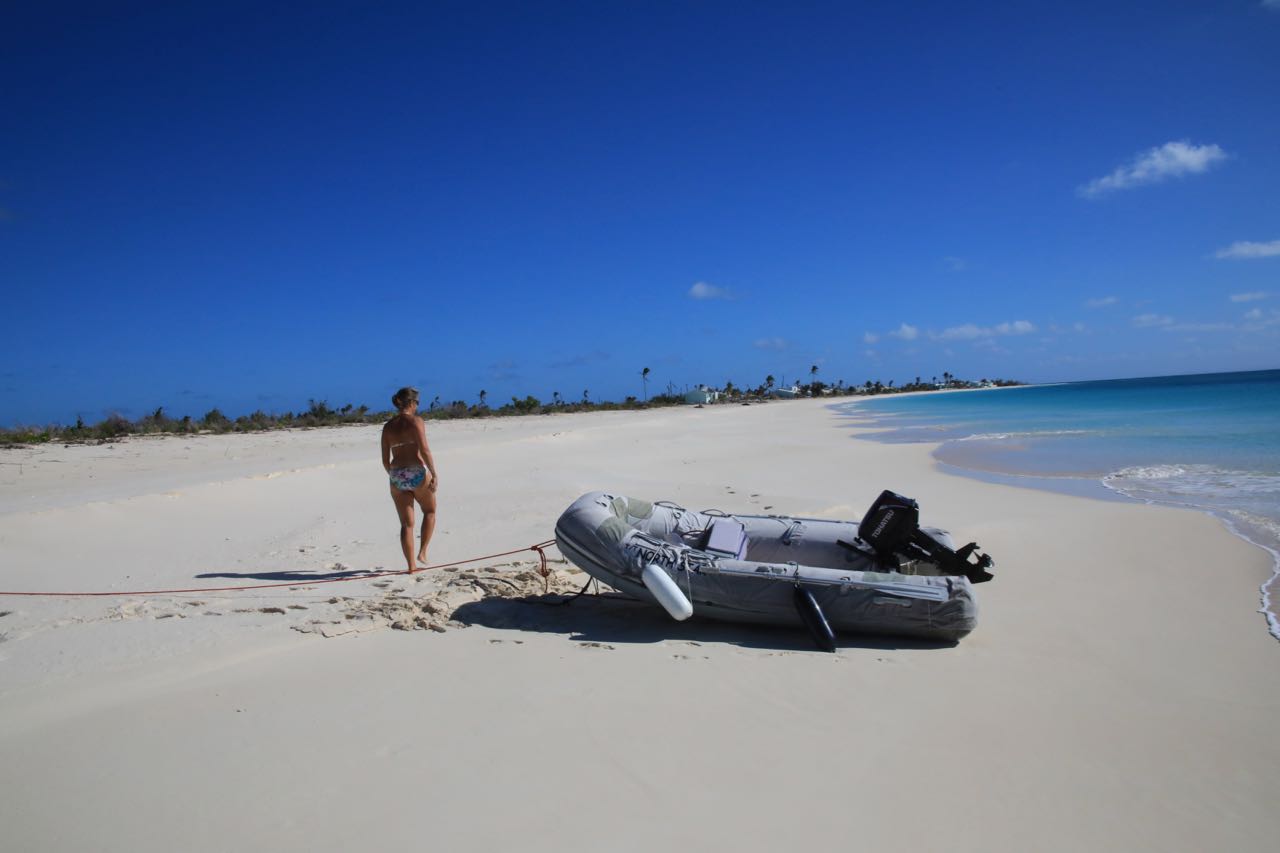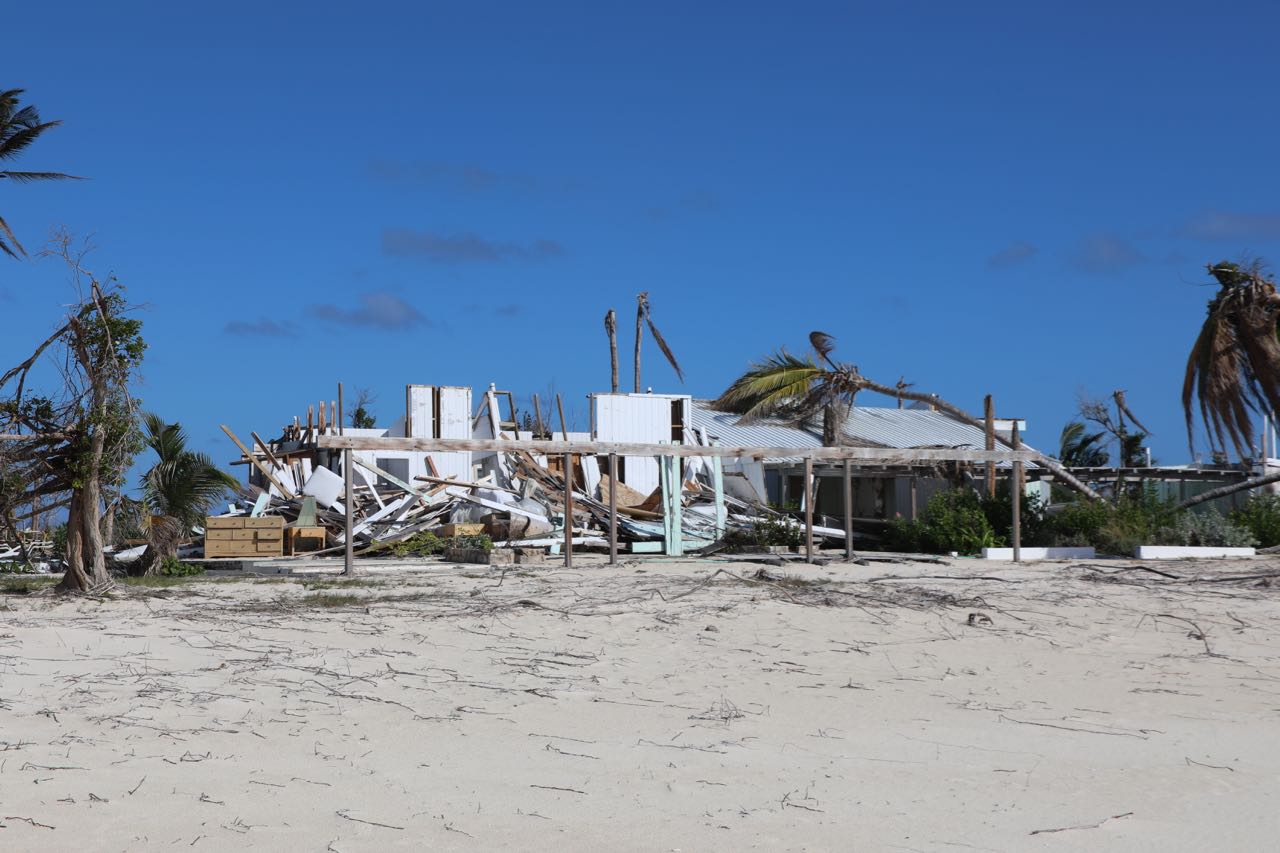Last time I wrote, we were just about to decide whether the beautiful Anguilla should be the most Northerly point of our journey in the Caribbean. We have had a wonderful trip going north from the Leeward Island to the Windwards, and even though BVI is a special place, it must be saved for the next time – when we are back from our circumnavigation.
So quickly our attention was moved from the BVI’s towards the less travelled Islands to the west of us, and the first of those were just arising from the sea, right in front of us. Saba, an island most people have not heard about. A very well protected place with high cliffs all around and no harbour to visit for protection. Not only geographically, Saba is far away from the more well known islands in the Caribbean, but it also the lacks the beaches and bays. The first impression is a large inhospitable rock in the middle of the ocean – and that is very wrong.
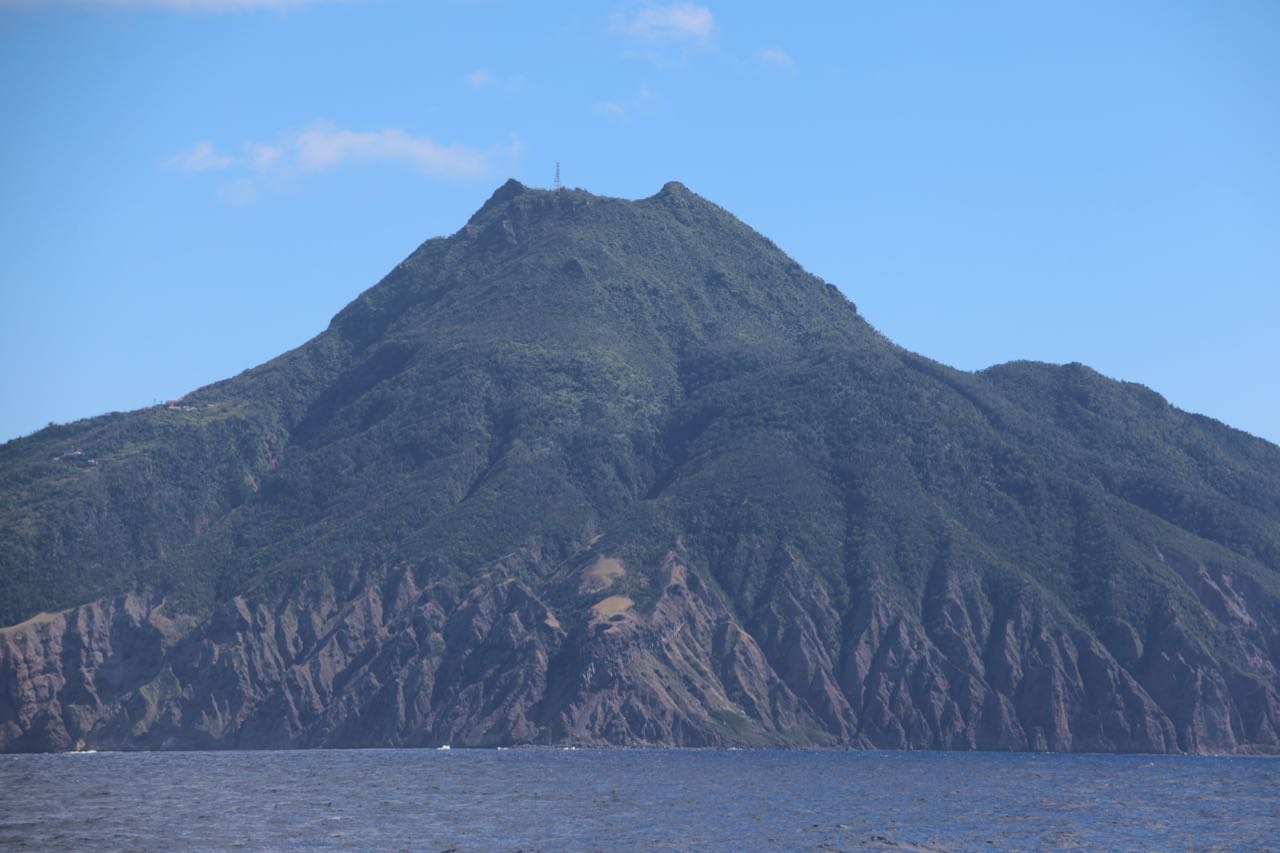
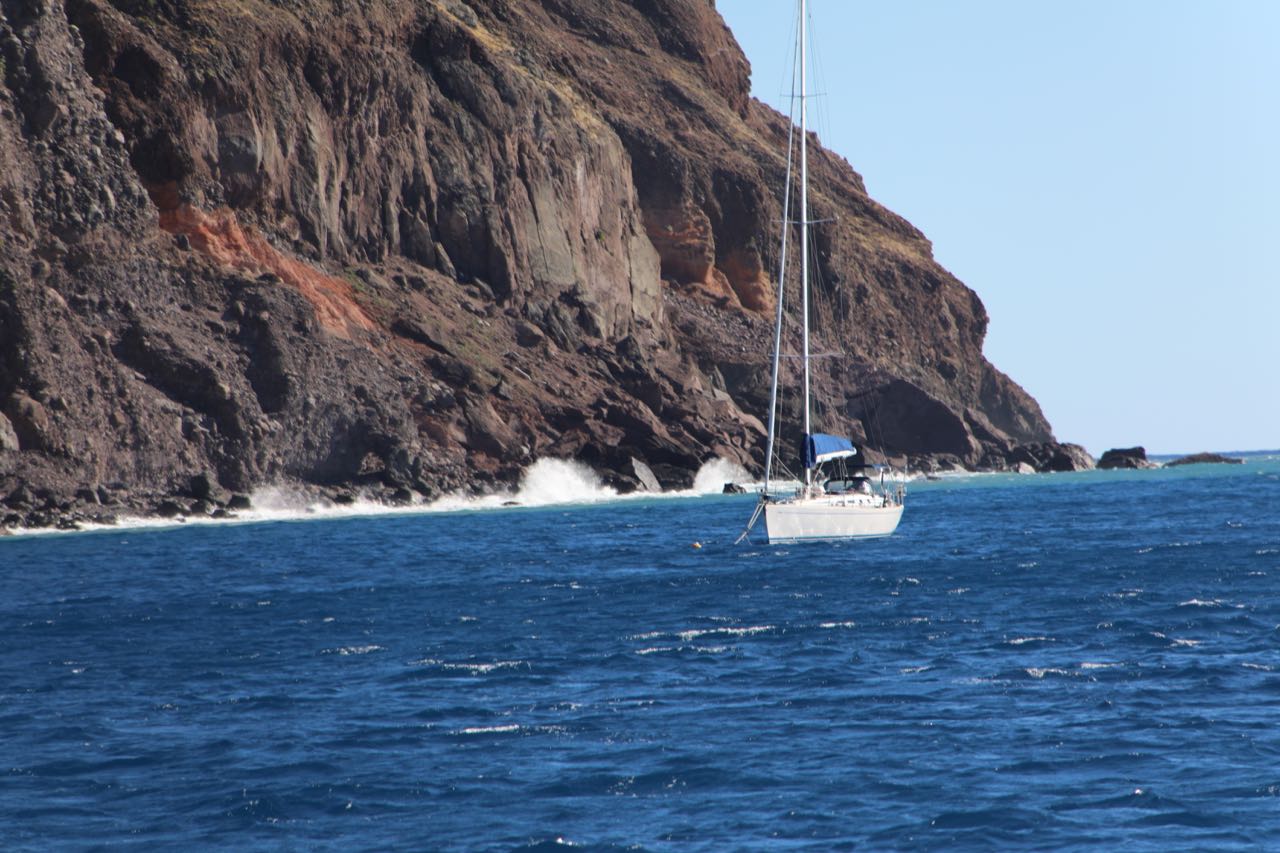
We were lucky or well planned when we arrived just in time for a few days of relative calm seas and we could use one of the five mooring buoys on the North westerly coast.
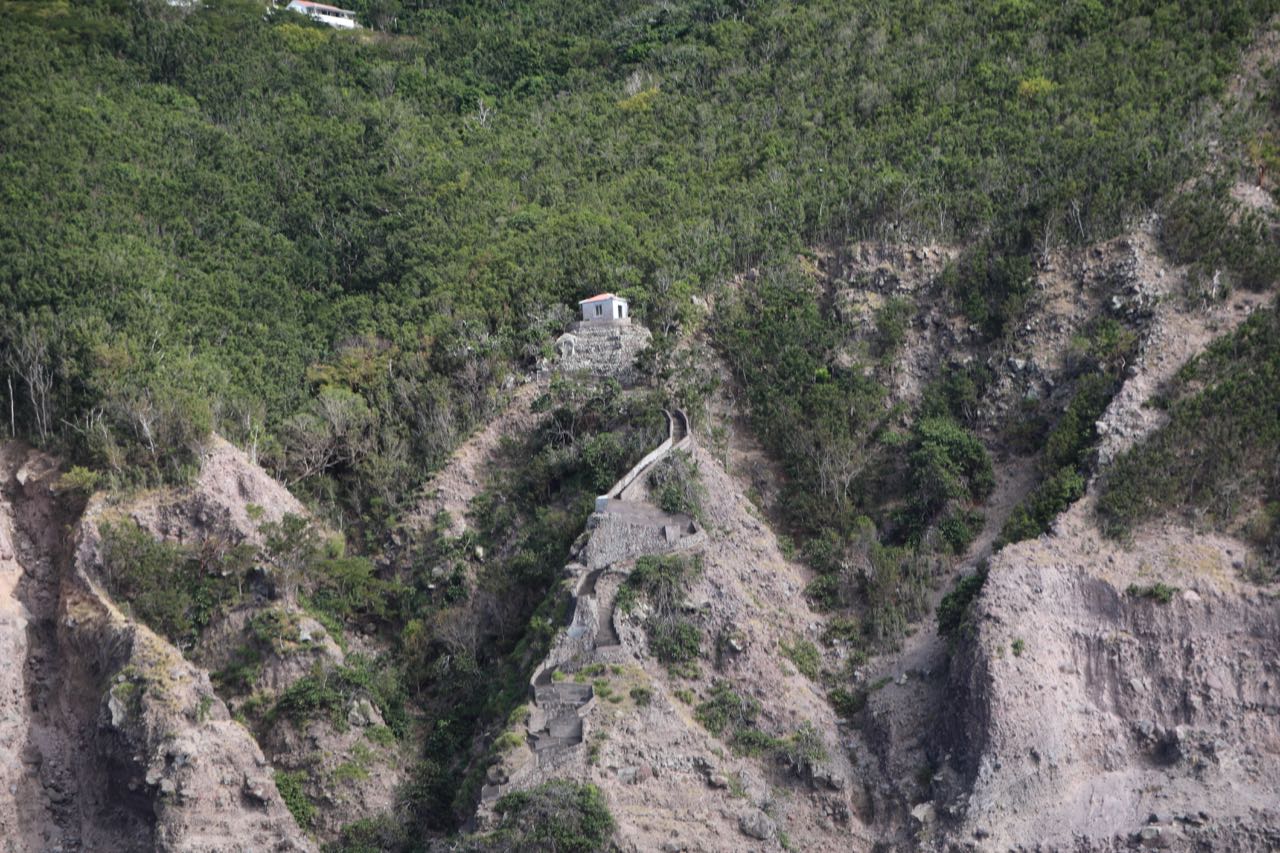
In the old days there were a small landing platform right here on the coast where you could land with a small rowing boat, having the larger vessel on anchor in safe distance from the cliffs. From the landing platform the staircase led you 396 steps up and over the massive rocks, into the village. And this were the access to the island for everything.Even when Queen Victoria visited the island she was carried into shore and walked the staircase, together with a few cars and everything else the island could consume. Today they have build a very small peer on the South westerly coast with an access road, so a car can do the transportation. But it can still only be used, when the weather cooperates, and it is like the weather all over the world, hard to predict. So often boats will be waiting for days, before they are able to offload and the ferry will be cancelled – so there will be very few options off getting in or out of the island.
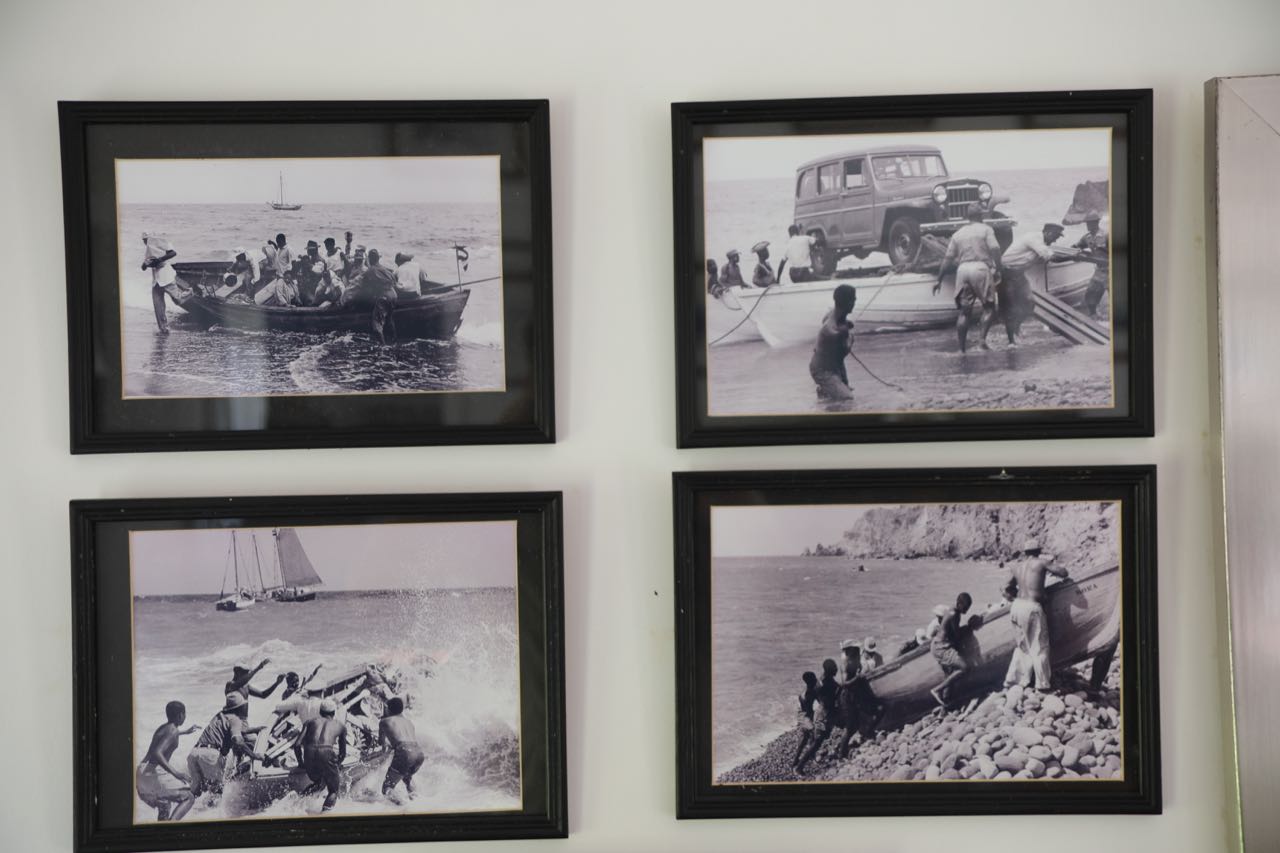
Anyway, we hooked up to the mooring, which were fastened to a concrete block 20 meters below North Star, so we could only inspect it if we geared up to dive. We agreed to take the chance and believe in the chain, we could not see. The journey to the access peer was about 30 minute in our dinghy, in rather large swells. When we arrived it was a fantastic contrast to the image you have of this island at arrival – the check in procedure was very welcoming and friendly and just outside the Harbour office a young man was sitting in his truck, as we asked for direction. He offered to take us and ended up touring us around on the island, and guiding us for about an hour. And everybody we came into contact with, was exactly like this.
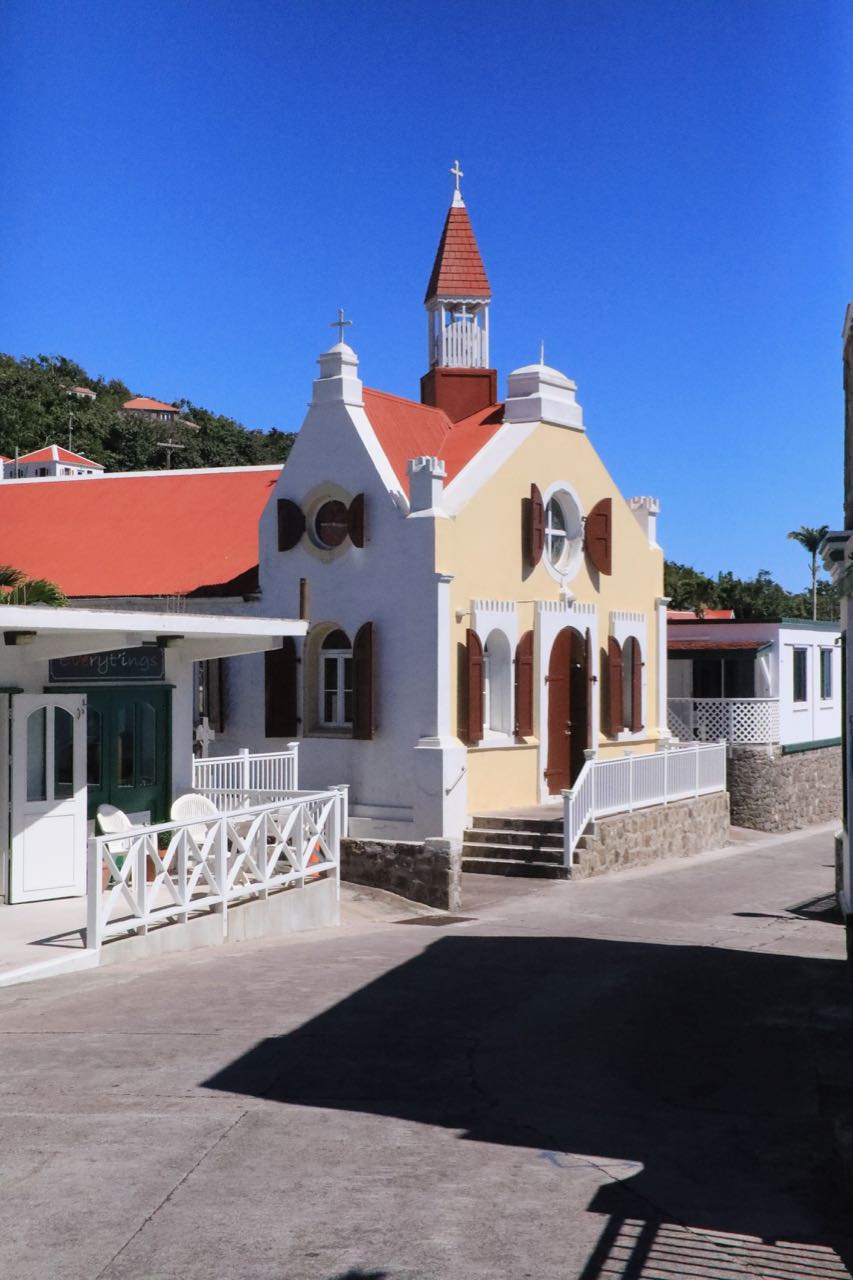
The island of today has very few tourist, but a daily ferry connection and a flight comes in from Antigua. There is a few hotels, so for someone who just want to drop out of the speed of the current world, this is a marvellous place.

But that said, we also had a very serious conversation, with the local policeman whom gave us a story of an island fighting alcohol’s and drug addiction, high unemployment and the related crimes. Unfortunately, all very unfortunate side effects of our current lifestyle, when it does not work well.
We had a wonderful stay on the island and enjoyed to see a small local community which in spite of the isolation, manage and live. The combination of the very speciel geography and the friendliness we met, made this a memorable visite.
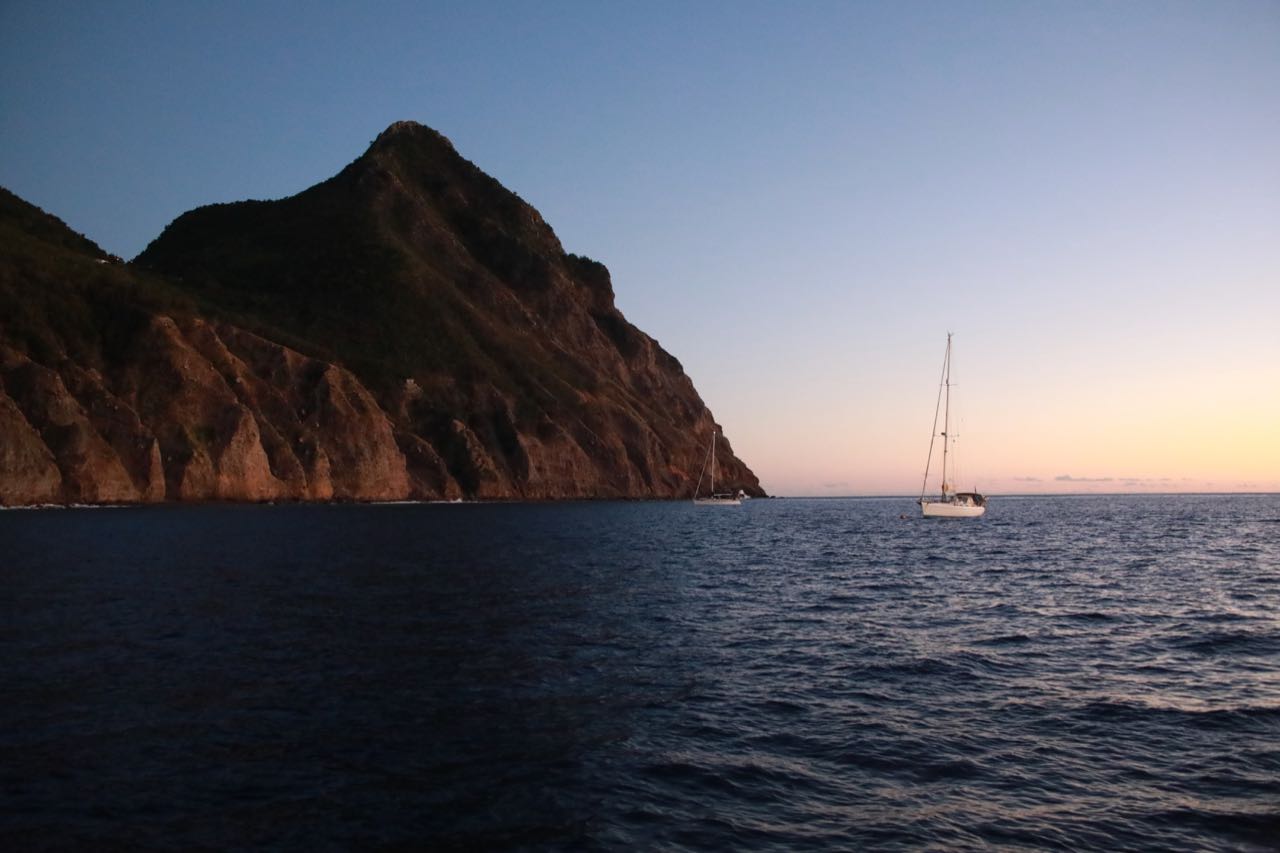
Another goodbye on our journey, as the weather was changing and the big swells were moving in from a storm on the North American coastline.

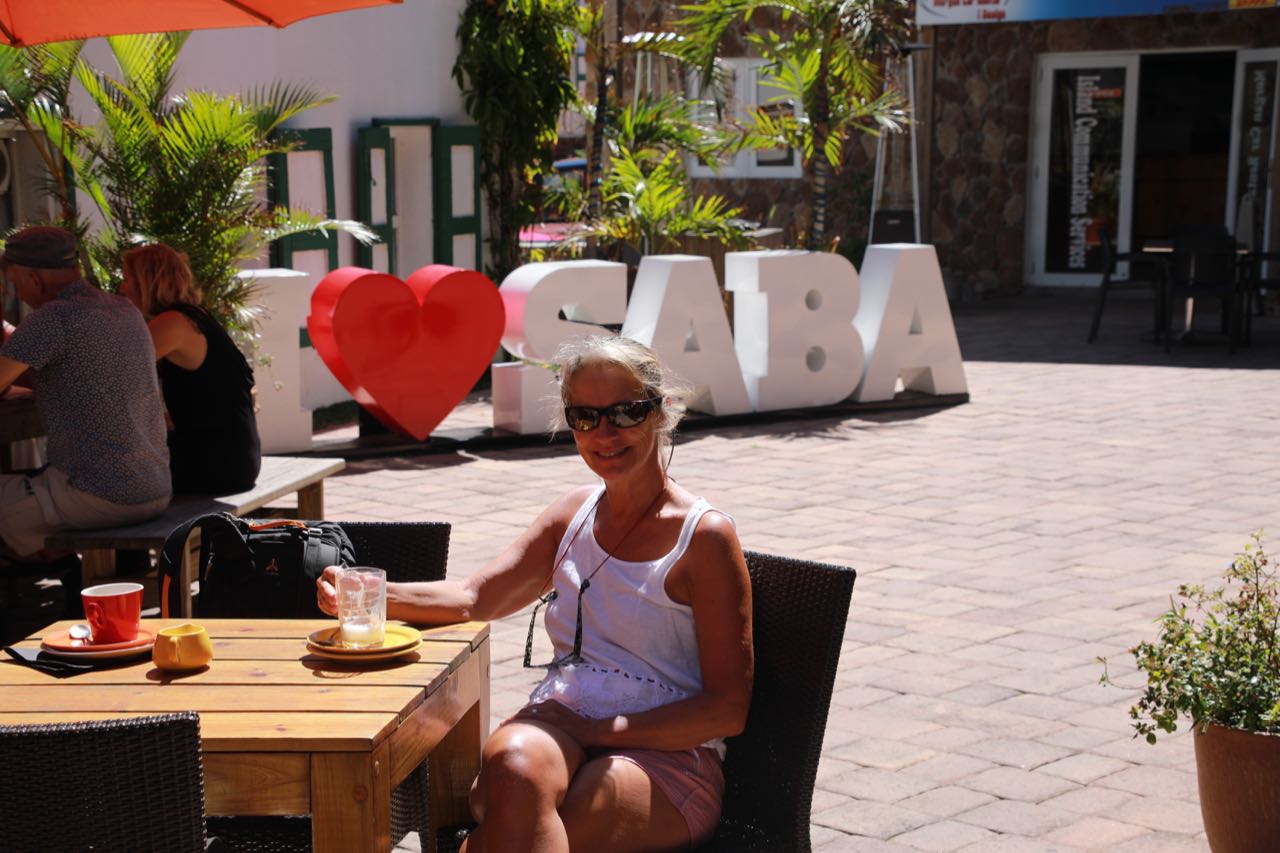
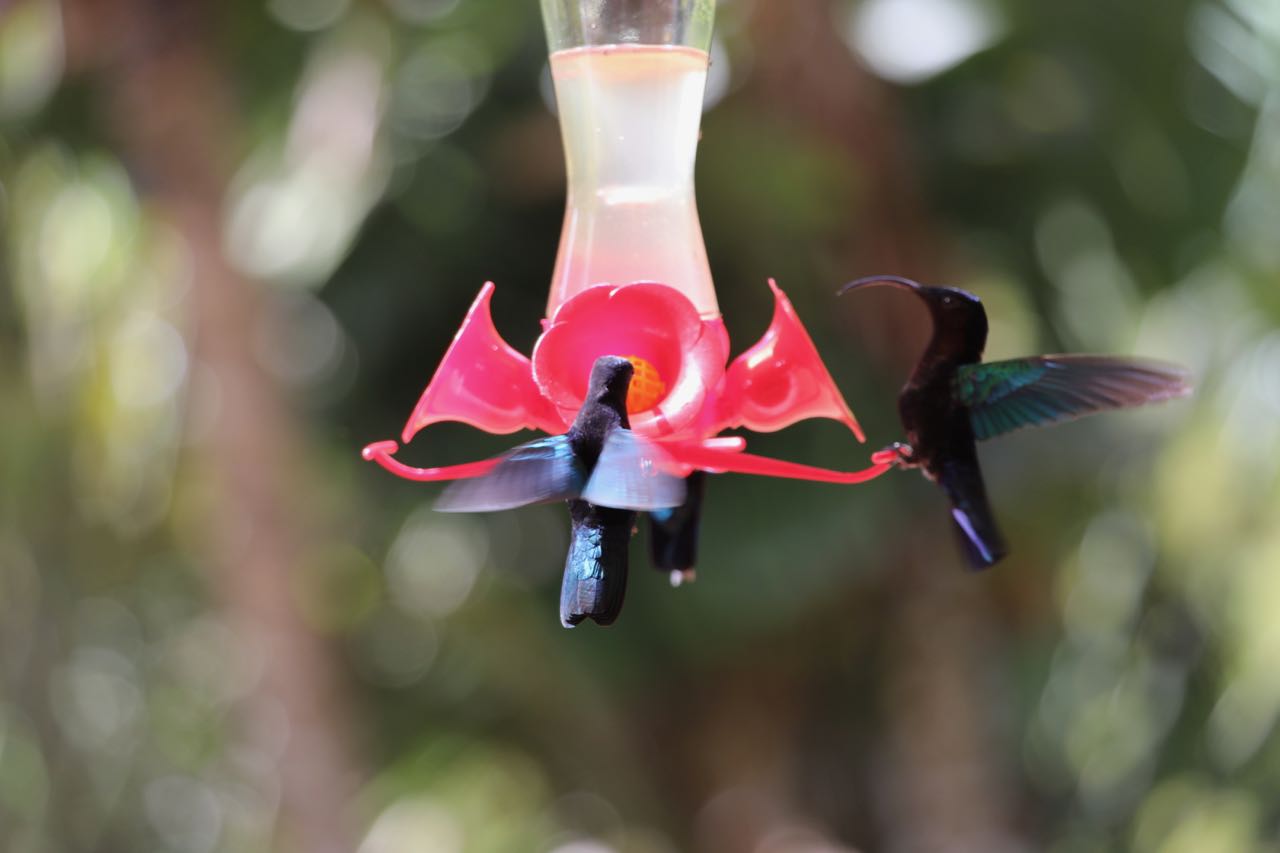
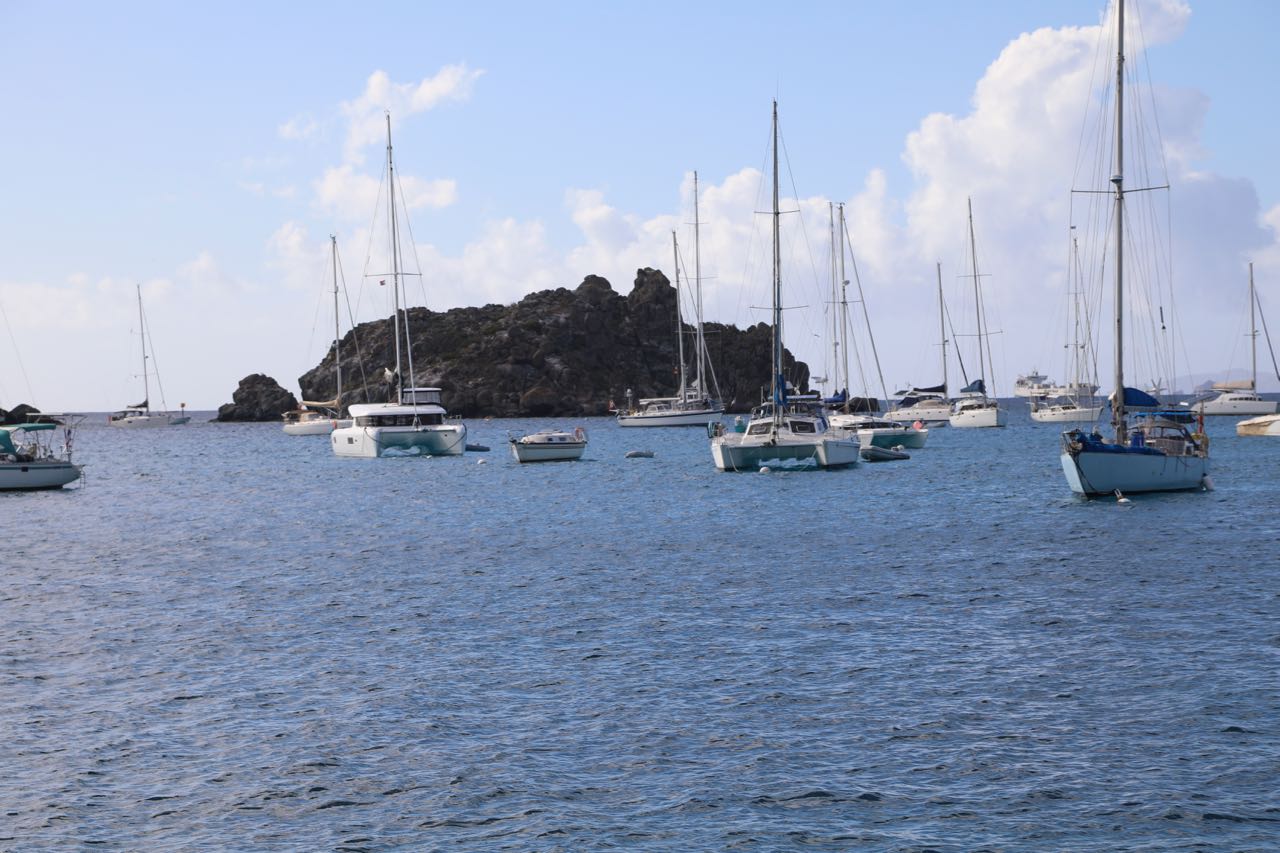

 Today it reminds you about a small swedish town on the west coast of Sweden, with houses and street names to match. But fortunately the bakeries and restaurants has long been occupied by the french, not to insult Marie, who flags out of Stockholm. But, fresh bread and croissants was in the waiting!
Today it reminds you about a small swedish town on the west coast of Sweden, with houses and street names to match. But fortunately the bakeries and restaurants has long been occupied by the french, not to insult Marie, who flags out of Stockholm. But, fresh bread and croissants was in the waiting!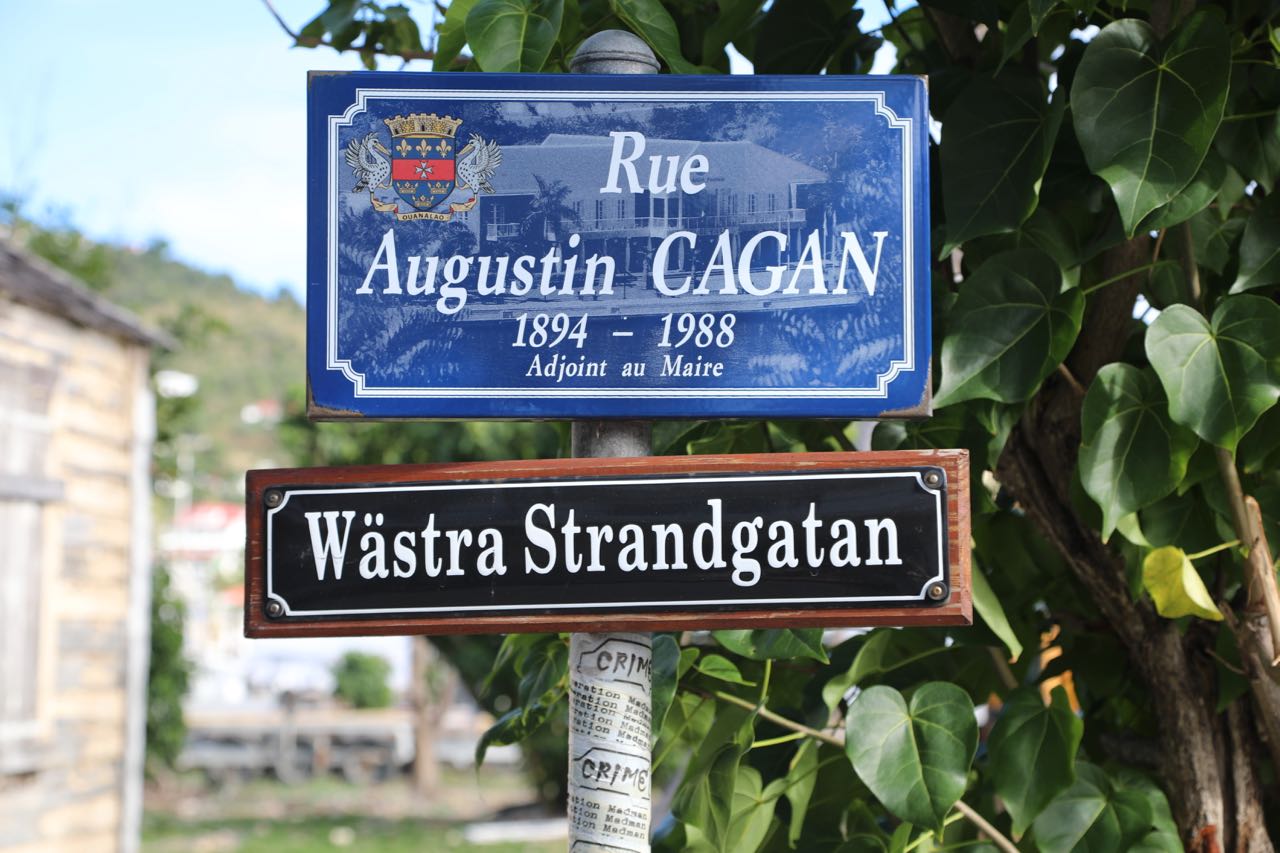
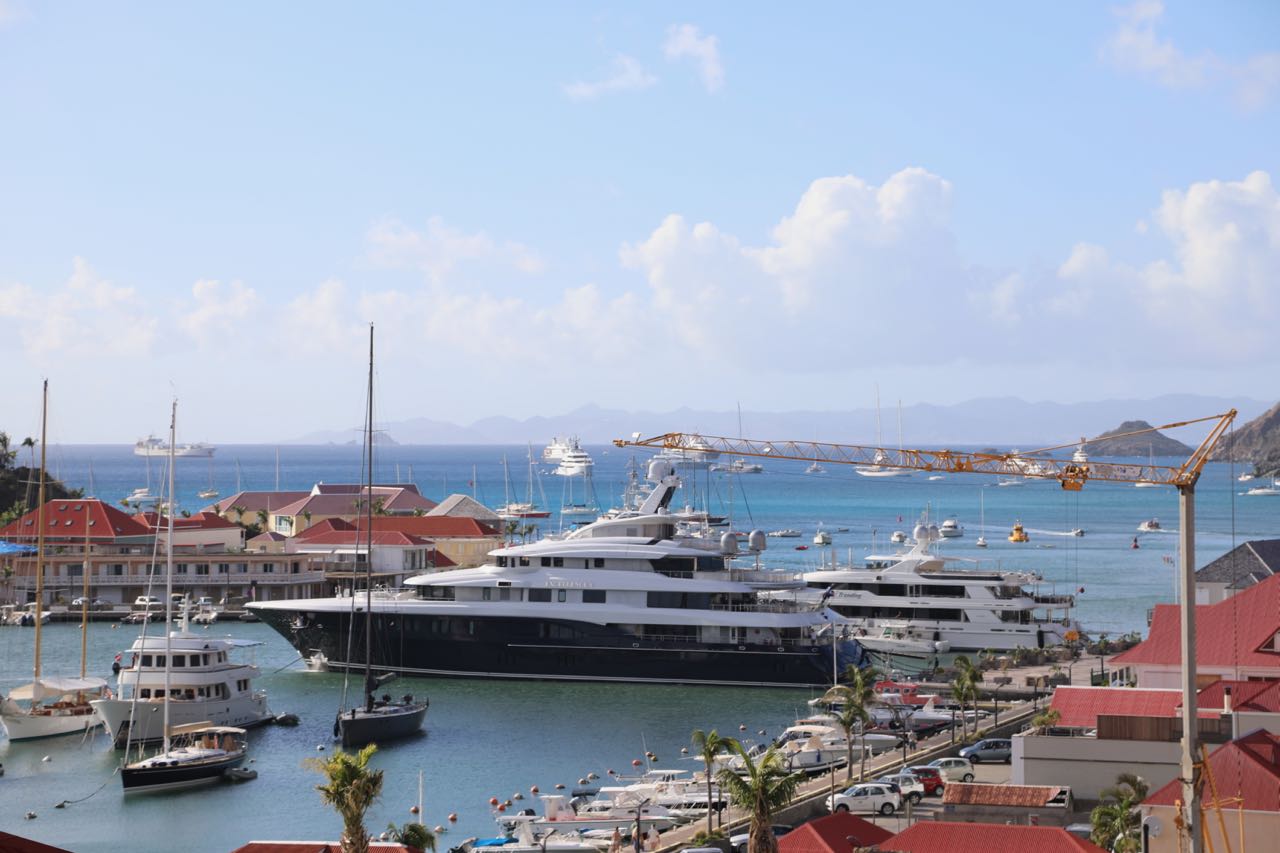
 I dived on it as usual, and it looked really great, but we did reinforced with a rope directly into the concrete on the bottom. We then enjoyed the turtles and stingrays, the hike to town and the refreshing swim in the sea. It is a very beautiful bay to visit.
I dived on it as usual, and it looked really great, but we did reinforced with a rope directly into the concrete on the bottom. We then enjoyed the turtles and stingrays, the hike to town and the refreshing swim in the sea. It is a very beautiful bay to visit.

